History
The History of Oral and Maxillofacial Surgery in Louisville
Specialty Education in Oral and Maxillofacial Surgery – then Oral Surgery – began in Louisville in the second decade of the twentieth century at the then new, state-of-the-art Louisville General Hospital. From 1914 – 1918, E.C. Hume, a 1913 graduate of the Louisville College of Dentistry, served as informal “intern” followed by Frank Hower, DDS, who was “Dental Intern” from 1918 through 1921 under the tutelage of H. Horace Grant, MD, Newton Yeager, DDS, Frank Rounds, DDS, and A.P. Williams, DDS. Drs. Grant, Yeager, Rounds, and Williams were practitioners in the community and faculty at the University of Louisville School of Dentistry (The Louisville College of Dentistry had been incorporated into the University of Louisville in 1917).
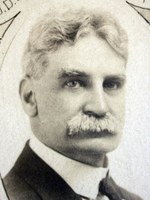
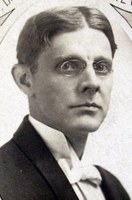
H. Horace Grant, MD and Newton Yeager, DDS

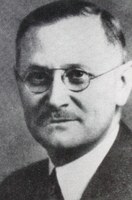
Frank Rounds, DDS and A.P. Williams, DDS
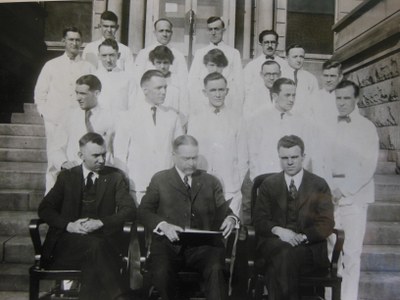
Louisville General Hospital Administrative Staff and House Officers
Hume was the head and neck cancer surgeon in Louisville for 35 years and Hower in 1947 was a founding member of the American Board of Oral and Maxillofacial Surgery. Interestingly, Rounds, Williams, Hume, and Hower all served as Presidents of the American Society of Oral Surgeons and Exodontists, the forerunner of the AAOMS. Newton Yeager, DDS was the first dentist in Louisville to limit his practice to oral surgery (oral surgery was then a medical specialty). In 1924, believing the future was in Dental Radiology, he sold his oral surgery practice to H. E. Saunders, DDS of Bowling Green. The radiology practice failed and he moved to Lexington where he practiced oral surgery through WWII.
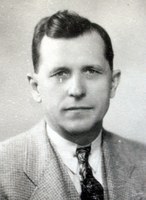

E.C.Hume, DDS and Frank Hower, DDS
For the next 25 years, various dentists served as “Dental Interns” for periods varying from two to four years learning the specialty of oral surgery. These were the days when house officers served at the hospitals and community physicians and dentists provided gratis faculty coverage as their social responsibility to both care for the less fortunate and teach. The most notable of these individuals were EC Hume, DDS, Professor of Oral Surgery from 1924-1959, and Frank Hower, DDS, Professor of Oral Surgery from 1925-1962.
Following World War II, a formal one-year program in oral surgery was led by Robert Cooper, DMD, a former “intern,” who directed the program while attending medical school. Dr. Cooper later became a leading figure in plastic and reconstructive surgery in this area. Frank Stewart, DMD, who later directed the OMS program at the University of Oklahoma, trained at this time. In 1950 Louisville began a two-year program, recruiting William Fields, DMD, who had just completed the one-year program at Cincinnati, as the first second-year resident. Fields practiced in Louisville his entire career becoming one of the pillars in organized dentistry and oral surgery in the southeastern part of the United States. Charles Hutton, DDS, a 1954 graduate of the program, directed the OMS Residency at Indiana University for many years. Richard Herd, DDS was program director from 1950 thru 1956.
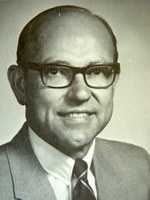
Harold Boyer, DDS
In 1956, under the direction of Harold Boyer, DDS, the three-year program began. It included an Oral Surgery Internship, didactic year (at the University of Pennsylvania, St Louis University, Alabama, etc.), and a final year of residency. These were the “pyramidal programs” which took four interns and only one or two residents. This resulted in a “mad scramble” for positions and many partially trained individuals. In 1969, by the decree of the Council on Dental Education, the pyramidal programs were terminated, with all programs which qualified offering integrated three-year residencies. The “didactic” education was to be incorporated into the programs primarily in the form of off service rotations to other services and "in house" basic science education. Many of the existing oral surgery programs did not have the wherewithal to offer the comprehensive program. They either closed or became GPRs.
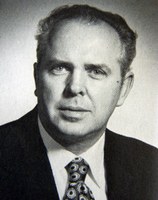
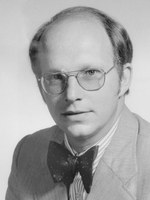
Leon Fiedler, DDS and Brian Alpert, DDS
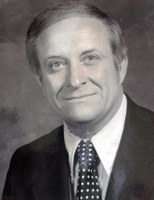
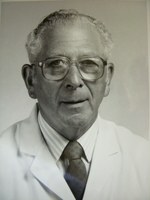
Shelly Caulder, DMD and Martin Steiner, DDS
The modern Louisville program began in 1973 with the arrival of Leon D Fiedler, DDS as Chairman. He built the department with Brian Alpert, DDS as residency director, along with Shelley Caulder, DMD and Martin Steiner, DDS as faculty. The program “ownership” was transferred from the Louisville General Hospital to the University of Louisville School of Dentistry in 1979. In 1981, the program moved to the new facility at the Ambulatory Care Building of the new University of Louisville Hospital. In 1989, by mandate of the Council on Dental Education, the program was extended to four years.
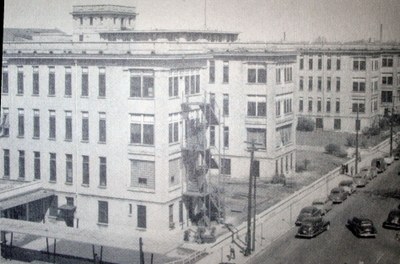
Louisville General Hospital
In 1987, the School of Dentistry was reorganized, creating “mega-departments.” Oral and Maxillofacial Surgery, OMS Pathology, OMS Radiology, Hospital Dentistry (GPR), and Pain and Anxiety Control. were amalgamated into a Department of Surgical and Hospital Dentistry. International Service Learning, Zoo Dentistry, Sterilizer Monitoring Service and Outcomes Research were added in later years. Brian Alpert, DDS chaired the department. Learn more about Dr. Alpert.

George Kushner, DMD, MD
In 1990, with the enthusiastic support of the University of Louisville School of Medicine, the MD-required six-year program began. George Kushner, DMD, MD joined the faculty in 1992 becoming the residency program director in 1994. He is now the chair of the department.
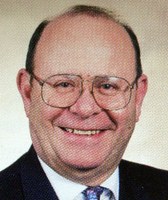
Gerald Verdi, DDS, MD
For a 35-year period, beginning in 1973, the program benefited greatly from the enthusiastic participation of Gerald D. Verdi, DDS, MD, an extremely gifted oral and maxillofacial surgeon/plastic and reconstructive surgeon in the community. He included and trained our residents and faculty in the existing area of cleft lip and palate and the developing field of craniofacial surgery.
In 2003, Paul Tiwana, DDS, MD, a pediatric craniofacial surgeon, joined the faculty. After a most productive six years, he became residency program director at the University of Texas Southwest Medical Center in Dallas.
In 2015, Lewis Jones, DMD, MD, a fellowship-trained pediatric craniofacial surgeon, joined the department to further develop and advance the program in the areas of pediatric, cleft, and craniofacial surgery.
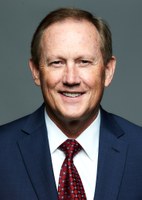
Robert Flint, DMD, MD
In January 2016, Dr. Robert Flint joined the faculty, bringing with him 20 years of private practice experience as a Board Certified Oral and Maxillofacial surgeon in Utah. Dr. Flint is now Associate Professor in the Department of Oral & Maxillofacial Surgery and director of the residency program.
The modern program has resulted in 84 graduates practicing full scope oral and maxillofacial surgery from border to border and coast to coast – including Hawaii. 76 are American Board of Oral and Maxillofacial Surgery Diplomates, No one has left the specialty. Three are oral and maxillofacial surgery program directors. Only three individuals have dropped out of the program during this period.